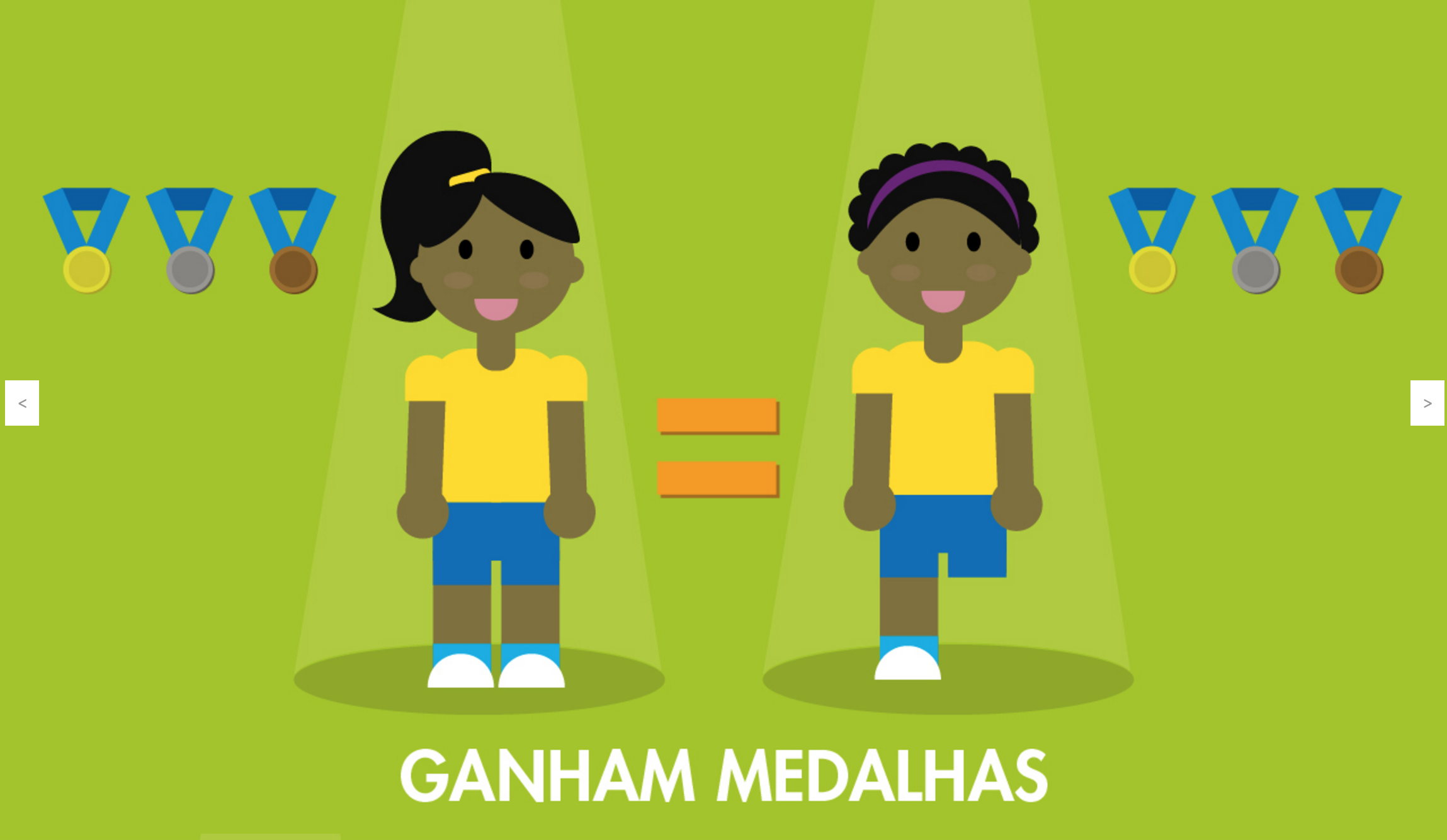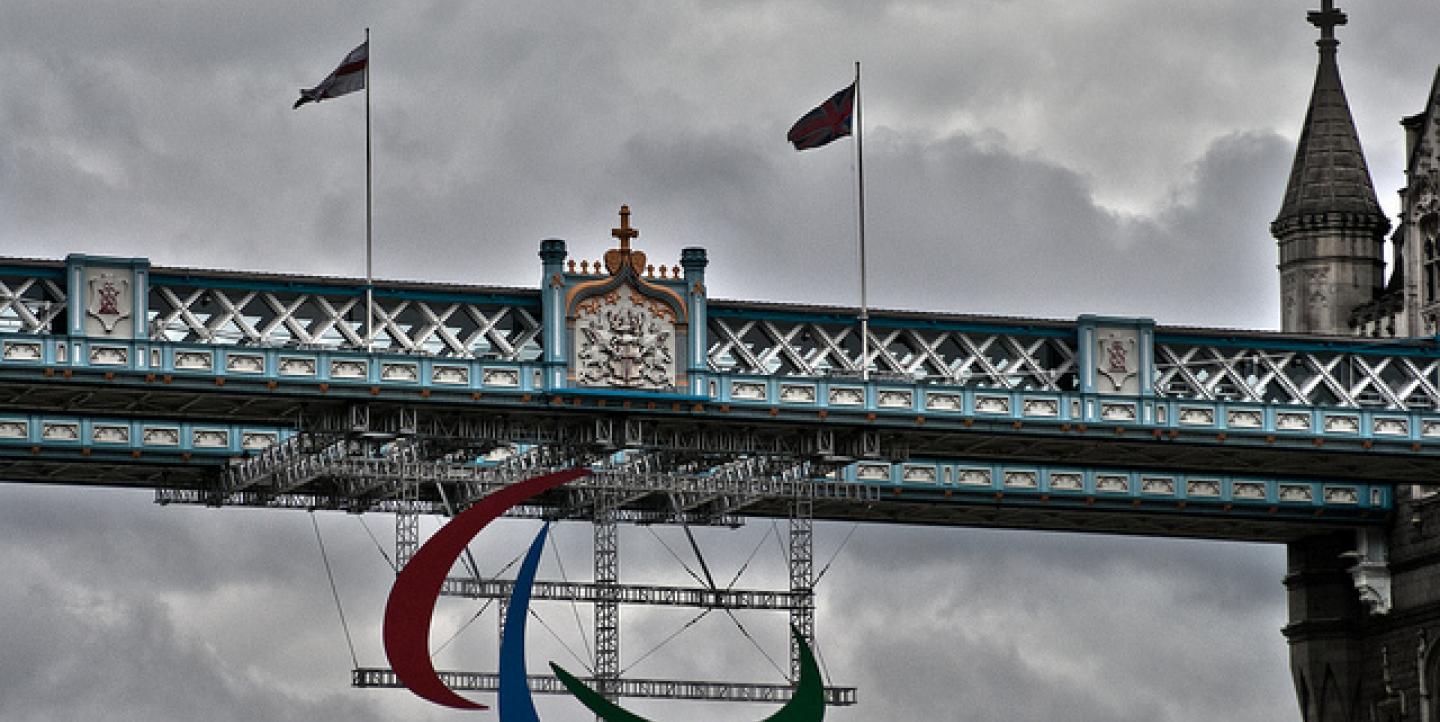When Roseane Ferreira dos Santos was 18 years old, she was hit by a car in Recife, Brazil and her left leg was amputated at her hip.
“There was a time when I would sit in my house because I didn’t want to answer people’s questions about my missing leg,” said dos Santos to an audience of women competing in a hackathon.
She finally gathered enough confidence to leave her house — and that’s when she learned about the Paralympic Games. Today, dos Santos, 43, is a gold medal-winning Paralympic athlete. She won her gold medals in the discus throw and the shot put in the F57/57/58 categories, which are for athletes with limited function in their legs.
Despite her participation in three Paralympic Games, few people around the world are aware of her or her sport — mainly because of the limited coverage of the Paralympic Games. In 2012, there were 21,000 accredited media for the Olympic Games. With 4,300 athletes, the Paralympic Games are half as big, but have only 6,500 accredited media.
"The Paralympics need more inclusion in media," said Adriana Garcia Martinez, the director of communications at Rio 2016.
The Rio 2016 Olympic and Paralympic Committee had two goals when it sponsored the hackathon dos Santos attended in September: to promote better knowledge of the sports and history of the Paralympic Games and to promote women journalists in digital journalism.
With the help of Chicas Poderosas, an organization founded by digital journalist Mariana Santos to empower women journalists in Latin America with digital skills, the communications team recruited dozens of female journalists from all over Brazil for the one-day hackathon.
Over the course of the day, five teams created prototype apps and infographics to help the public better understand the Paralympic Games. The apps and infographics can also serve as an inspiration for media companies as they begin preparing their coverage of the Paralympic Games in the coming year.

Team As Ousadas
The Ousadas group developed a how-to guide on how to approach people with disabilities. Oftentimes, people with disabilities are treated as though they need extra help. With vivid images, this guide, created by Nathalia Levy, Camille Rodrigues, Beatriz Blanco and Jéssica Ferrara, demonstrates how to interact with people with physical, hearing and visual disabilities.
Chicas Funcionais
This team created an interactive app that helps people understand the athletics classification system in the Paralympic Games. To avoid mismatching athletes, the International Paralympic Committee develops different classifications for each event in sports like swimming and athletics. For example, an athlete with one or two prosthetic legs would never compete in the 100-meter dash against a blind athlete. Likewise, a swimmer with no legs would never compete in the freestyle 100-meter against an able-bodied blind swimmer. Bianca Rosa, Mariana Ochs, Fabiana Martins, Beatriz Calado, Emily Canto Nunes, Lívia Aguiar and Valéria Zukeran contributed to the project.
The Perfis team
The Perfis team — Thaís Leão, Ana Paula Blower, Paula Grangeiro, Nathany Santos, Louise Tamiasi, Kiratiana Freelon and Cecília Boechat — created an infographic that shows the athletic trajectory of dos Santos through timelines and graphs.
The Partiu Fazer team
The Partiu Fazer team created a series of infographics that show the growth of the Paralympic Games in the last 30 years. Between 1984 and 2012, the number of countries competing in the Paralympic Games almost quadrupled from 45 to 164. The first Paralympic Games were in 1960 and only 400 athletes competed. Almost 4,300 athletes competed in the 2012 Paralympic Games in London. Dayany Espíndola, Anna Cruz, Iana Chan and Carolina Cavaleiro were on the Partiu Fazer team.
The Site Sonoro Team
The Site Sonoro team created an audio webpage about the Paralympic Games that can be accessed by people with visual deficiencies.
The As Ousadas and Perfis teams won the hackathon. The members of the team will be able to cover the Paralympic Games with the Rio 2016 and International Paralympic Communications teams.
Kiratiana Freelon participated in the hackathon as part of the Perfis team.
Main image CC-licensed by Flickr via Berit Watkin.
Secondary image courtesy of Nathalia Levy, Camille Rodrigues, Beatriz Blanco and Jéssica Ferrara.

